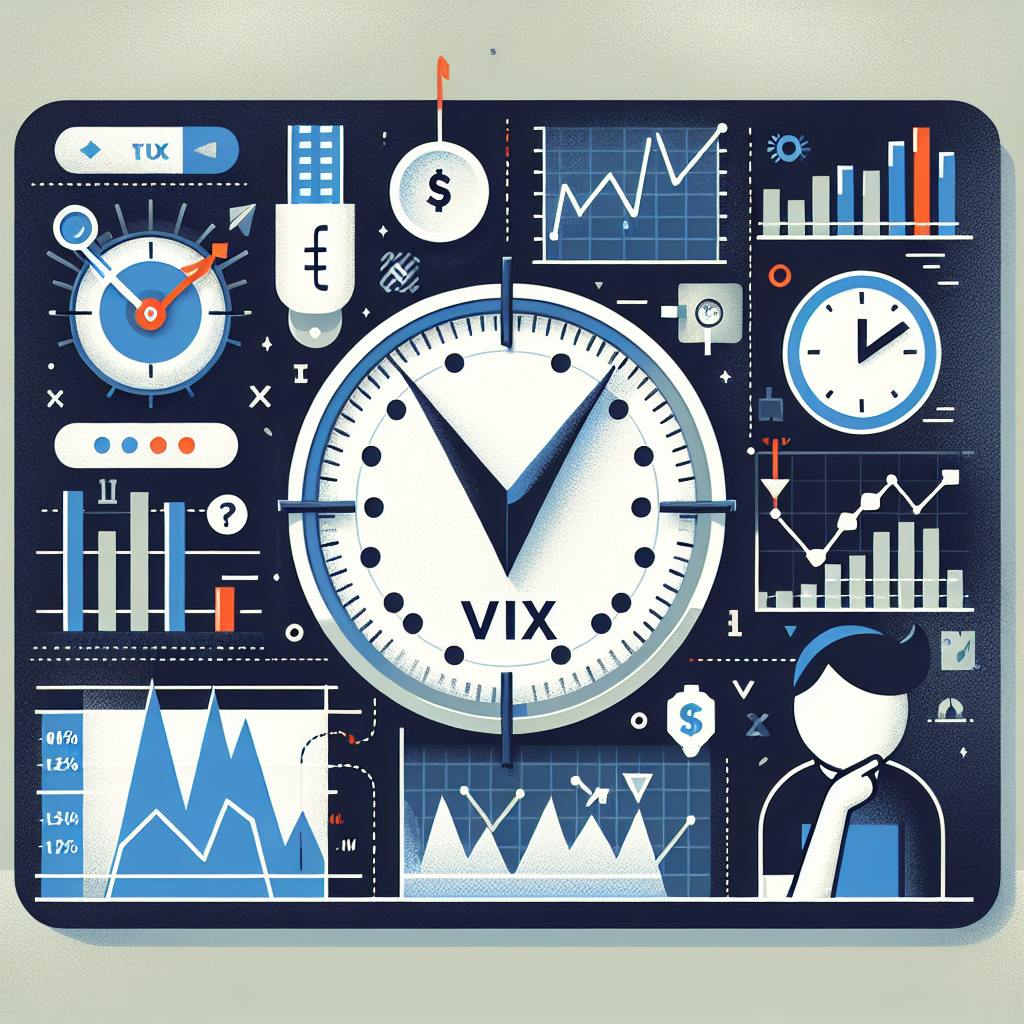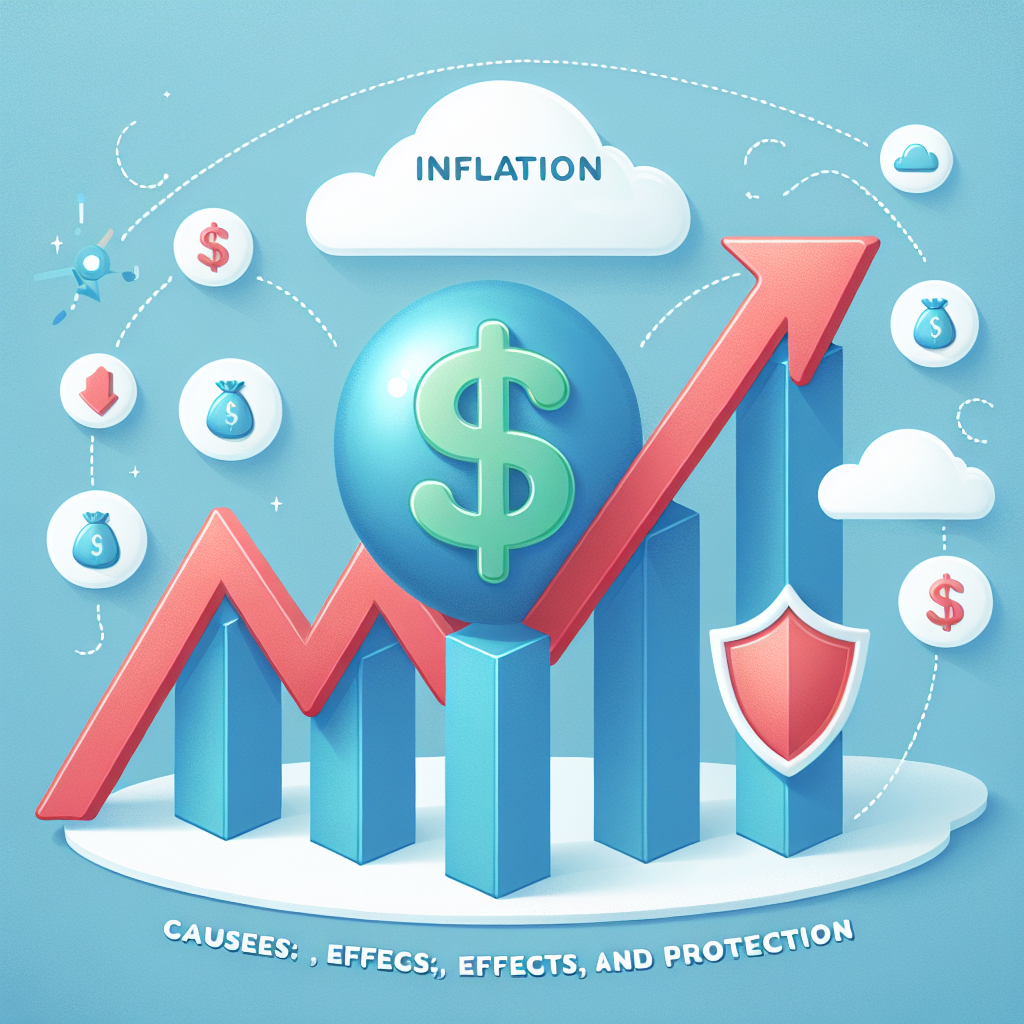
Understanding the VIX: The Market’s Fear Gauge
Introduction: Unlocking the Secrets of the VIX
What Is the VIX? Understanding Its Definition and Significance
The Mechanics Behind the VIX: How Is It Calculated?
The Relationship Between VIX and Market Movements
The VIX as a Trading and Hedging Tool
Limitations and Risks of Relying on the VIX
Beyond the VIX: Related Volatility Indicators and Concepts
- VIX Futures: Contracts that allow traders to bet on future levels of the VIX, useful for hedging and speculation.
- VIX ETFs and ETNs: Exchange-traded products designed to track VIX movements, like VXX and UVXY.
- Put-Call Ratios: Measures the ratio of put options to call options, indicating bearish or bullish sentiment.
- Fear & Greed Index: An aggregate indicator that gauges overall market sentiment, often correlating with volatility measures.
Understanding these tools enhances an investor’s ability to interpret market signals and manage risk more effectively.
Historical Moments and How the VIX Reacted
Integrating the VIX Into Your Investment Strategy
- Risk Management: Use the VIX to gauge market risk levels and adjust portfolio allocations accordingly.
- Timing Entry and Exit: Observe spikes in the VIX to identify potential entry or exit points, especially when combined with technical analysis.
- Hedging: Employ VIX derivatives or ETFs to hedge against anticipated volatility surges.
- Market Sentiment Analysis: Use the VIX in conjunction with other sentiment indicators to form a comprehensive view of market conditions.


